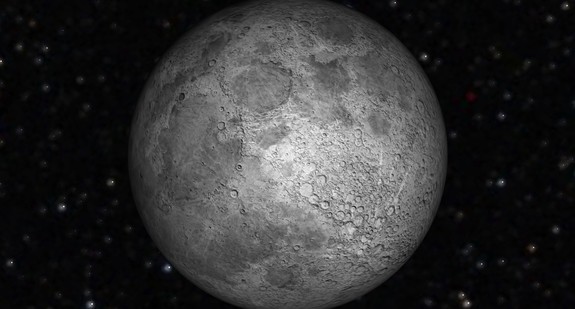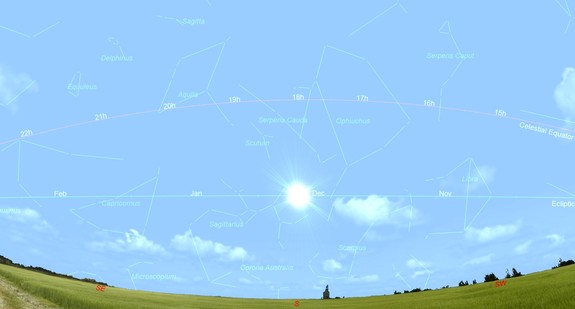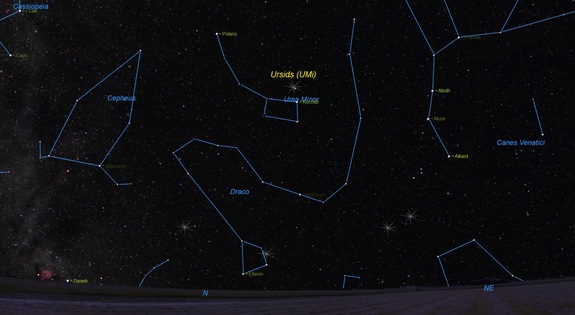Indulge in the fantasy.
Build a better world.
Space.com - The Night Sky, December 2016
Venus and Mars After Sunset, Geminids 'Rain' And More In Dec. 2016 Skywatching | Video
Venus and Mars can be viewed in the southwestern skies after sunset. The Perseus and Cassiopeia constellations are excellent skywatching targets. Also in mid-December, the Geminid meteor shower will peak.
Venus and Mars can be viewed in the southwestern skies after sunset. The Perseus and Cassiopeia constellations are excellent skywatching targets. Also in mid-December, the Geminid meteor shower will peak.

The December full moon, known as the Oak Moon, Cold Moon or Long Nights Moon, always shines in or near the stars of Taurus. It rises around sunset and sets around sunrise; this is the only night in the month when the moon is in the sky all night long. The rest of the month, the moon spends at least some time in the daytime sky. This month's full moon occurs only one day after the moon reaches perigee, the point in its orbit closest to earth. As a result, this full moon will appear slightly larger and brighter, sometimes referred to as a supermoon, and we'll also experience extra high tides. This full moon coincides with the peak of the Geminid meteor shower, spoiling the show.

On Wednesday, December 21 at 5:44 a.m. EST, the sun reaches its southernmost declination for the year, resulting in the shortest day of the year for the northern hemisphere and the longest day of the year for the southern hemisphere.

The Ursid meteor shower runs from December 17 to 23. It peaks in the wee hours of Thursday, December 22, so the best time to observe will be from midnight to dawn that morning. The moon will be a waning crescent in the sky during the peak. The shower's radiant is above the Little Dipper (Ursa Minor) near Polaris.
Night Sky Observing Tips
- Adjust to the dark: If you wish to observe faint objects, such as meteors or dim stars, give your eyes at least 15 minutes to adjust to the darkness.
- Light Pollution: Even from a big city, one can see the moon, a handful of bright stars and sometimes the brightest planets. But to fully enjoy the heavens — especially a meteor shower, the constellations, or to see the amazing swath across the sky that represents our view toward the center of the Milky Way Galaxy — rural areas are best for night sky viewing. If you're stuck in a city or suburban area, a building can be used to block ambient light (or moonlight) to help reveal fainter objects. If you're in the suburbs, simply turning off outdoor lights can help.
- Prepare for skywatching: If you plan to be out for more than a few minutes, and it's not a warm summer evening, dress warmer than you think necessary. An hour of observing a winter meteor shower can chill you to the bone. A blanket or lounge chair will prove much more comfortable than standing or sitting in a chair and craning your neck to see overhead.
- Daytime skywatching: When Venus is visible (that is, not in front of or behind the sun) it can often be spotted during the day. But you'll need to know where to look. A sky map is helpful. When the sun has large sunspots, they can be seen without a telescope. However, it's unsafe to look at the sun without protective eyewear. See our video on how to safely observe the sun, or our safe sunwatching infographic.











































No comments:
Post a Comment